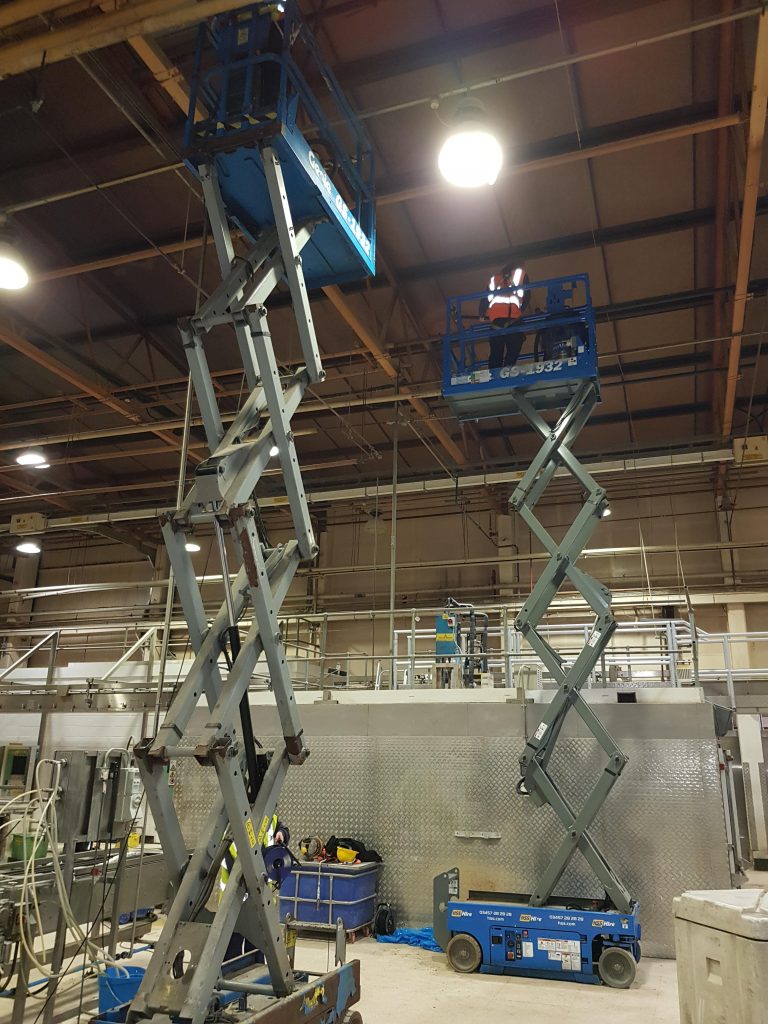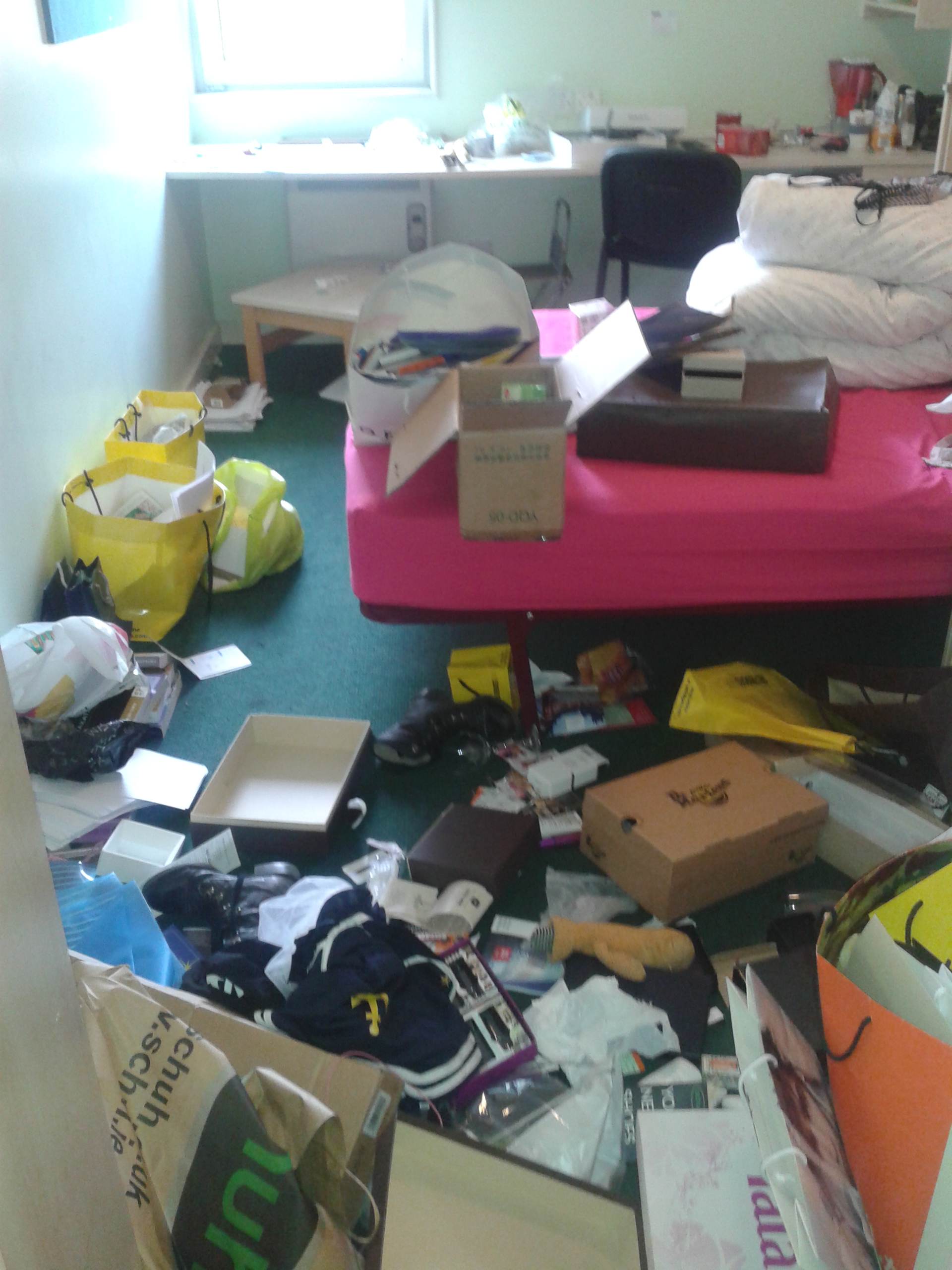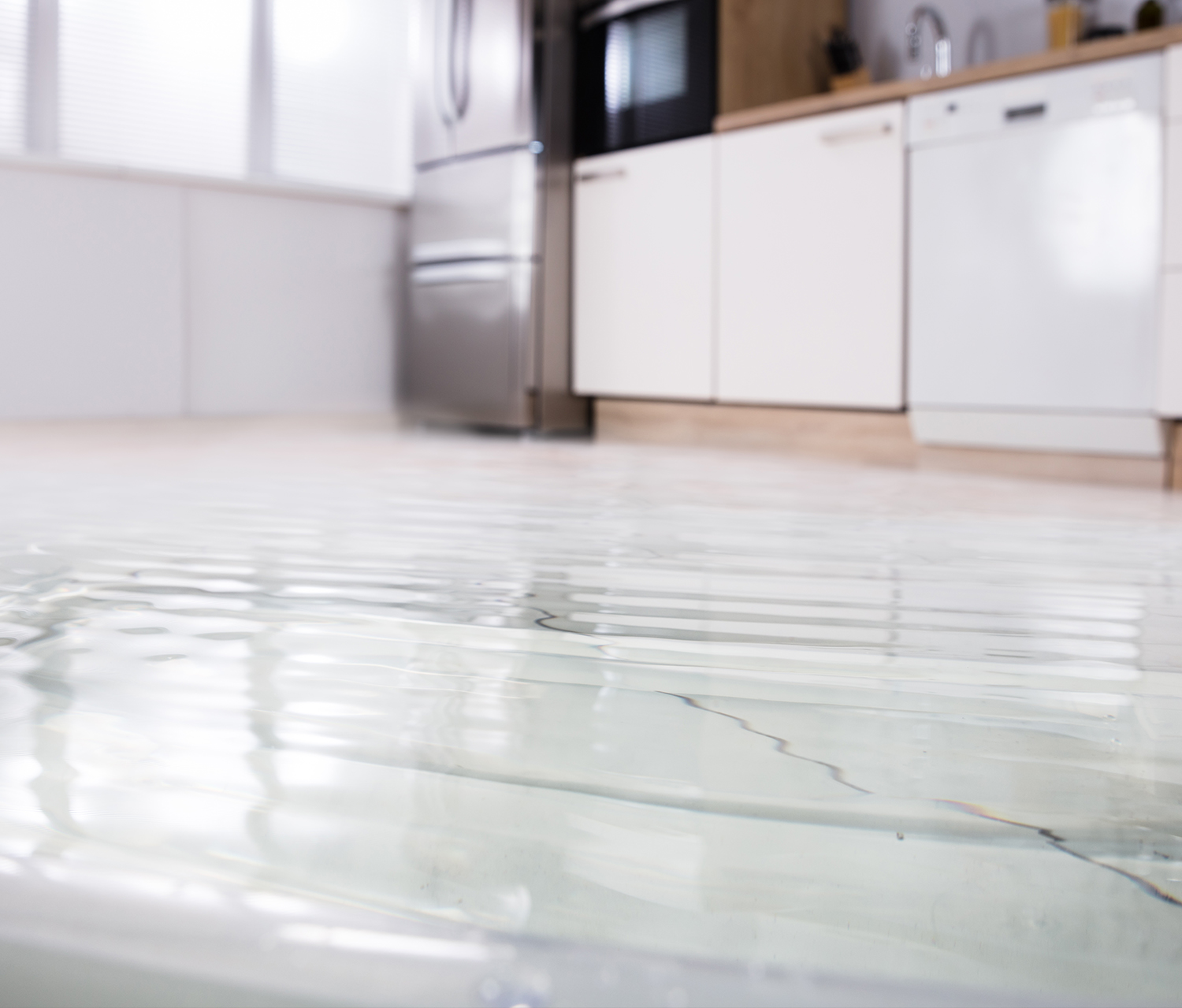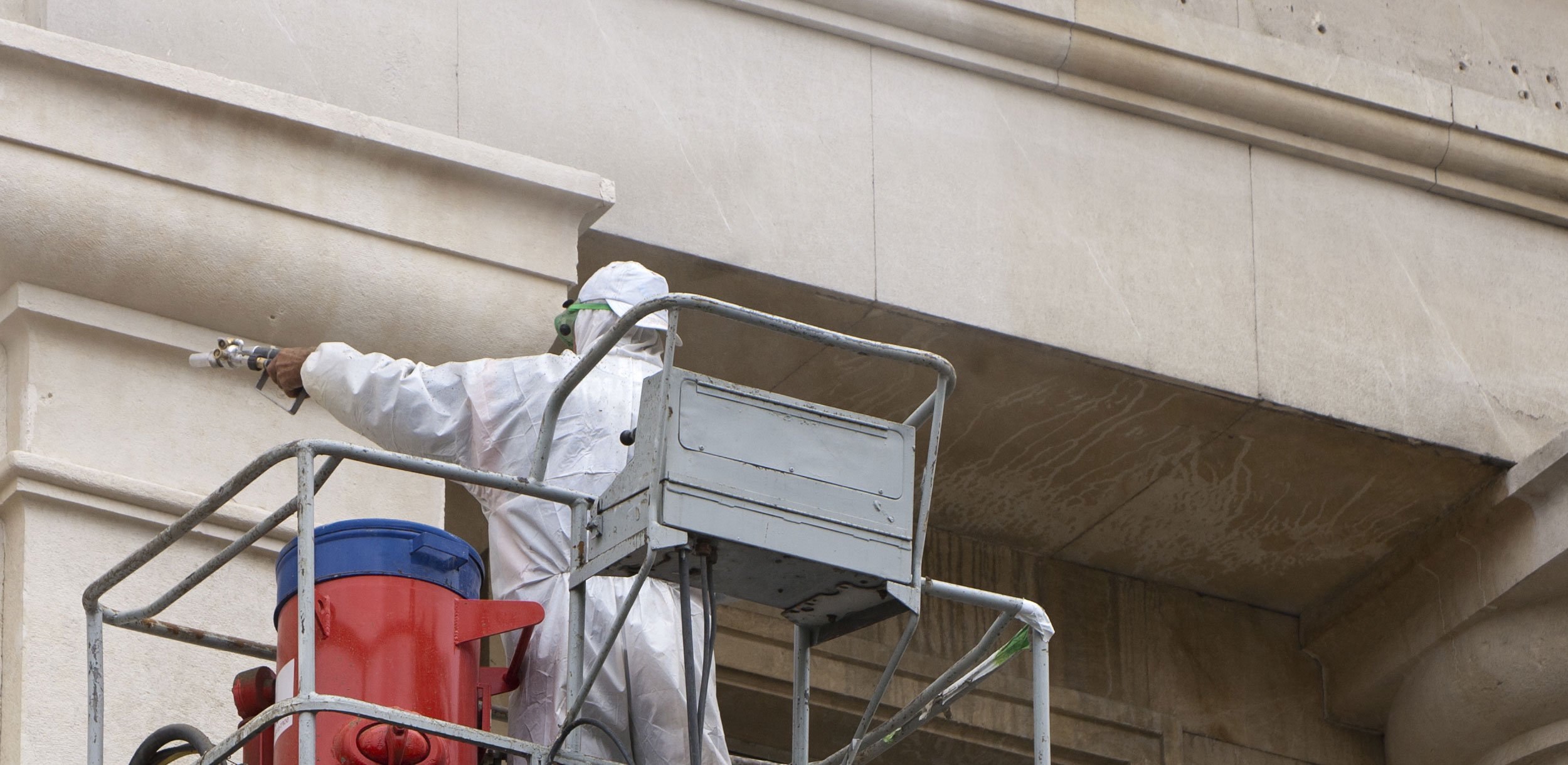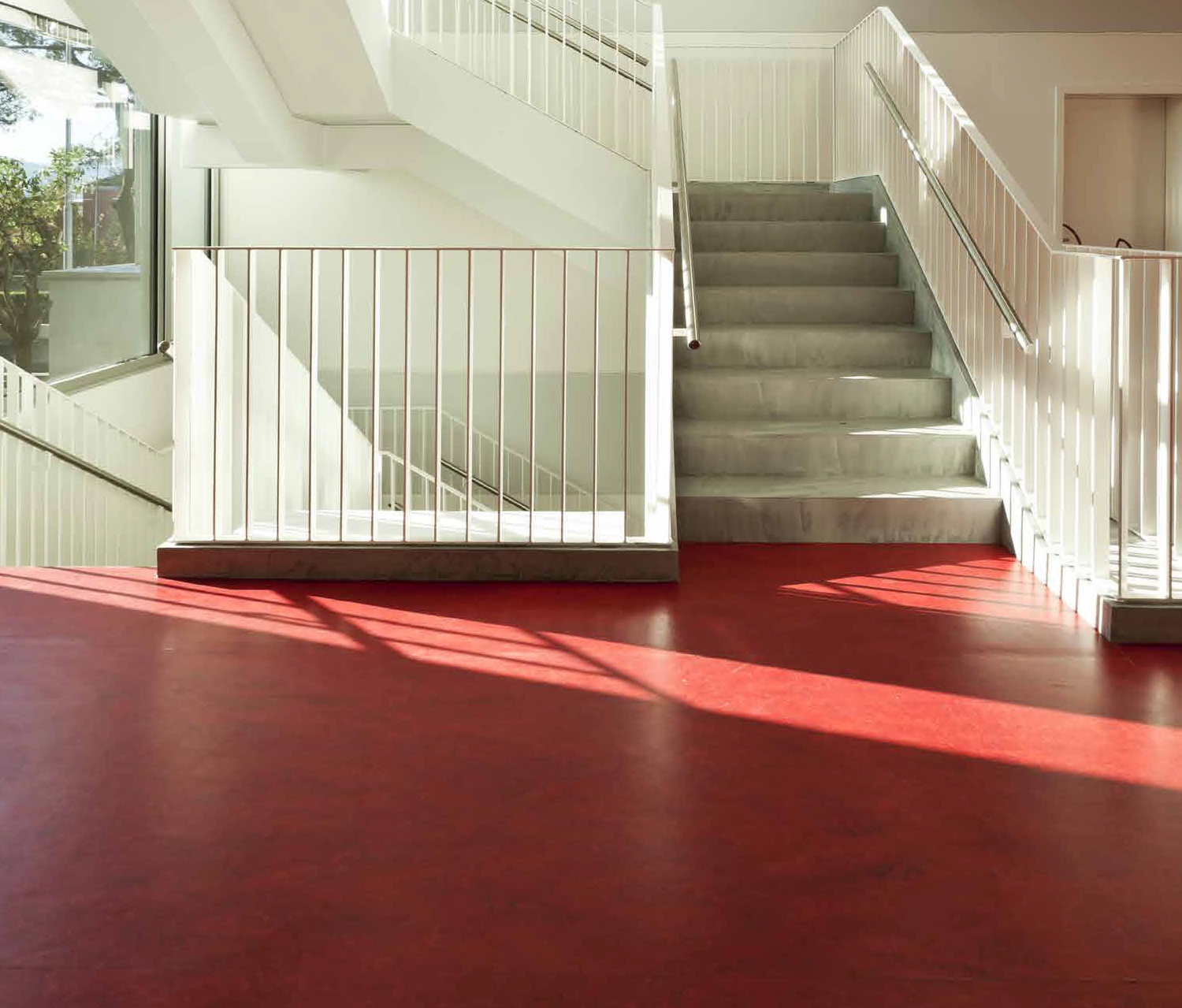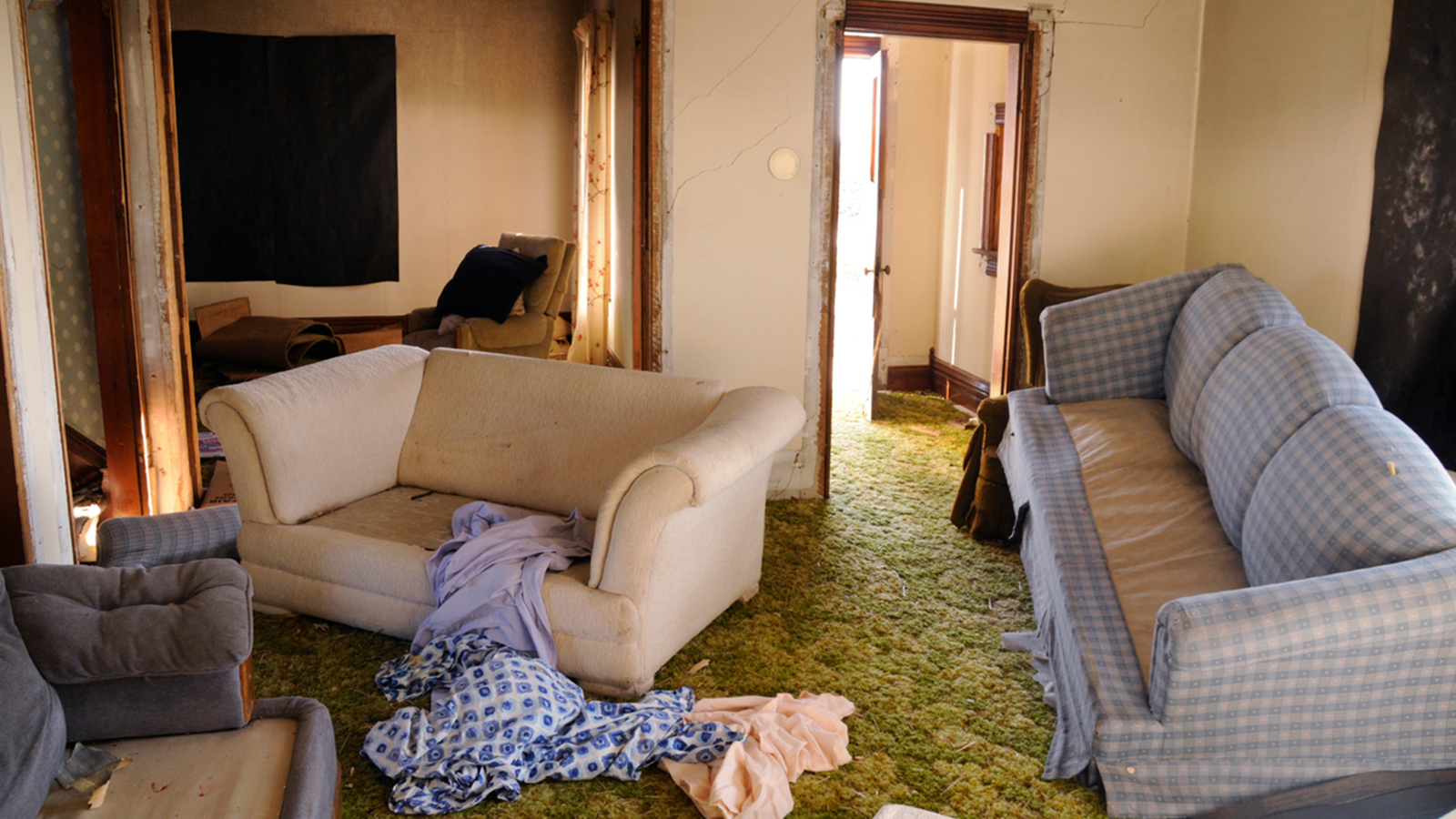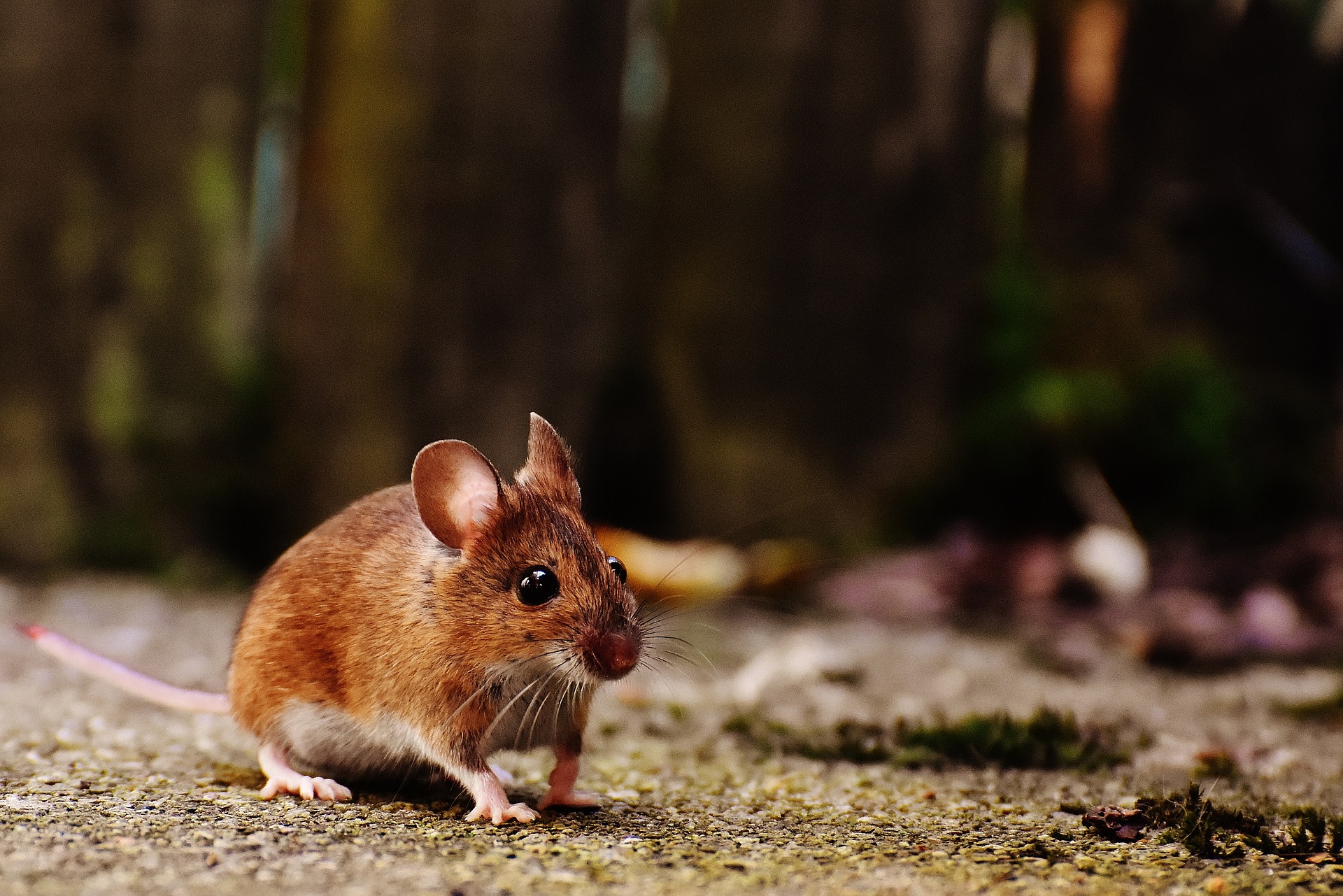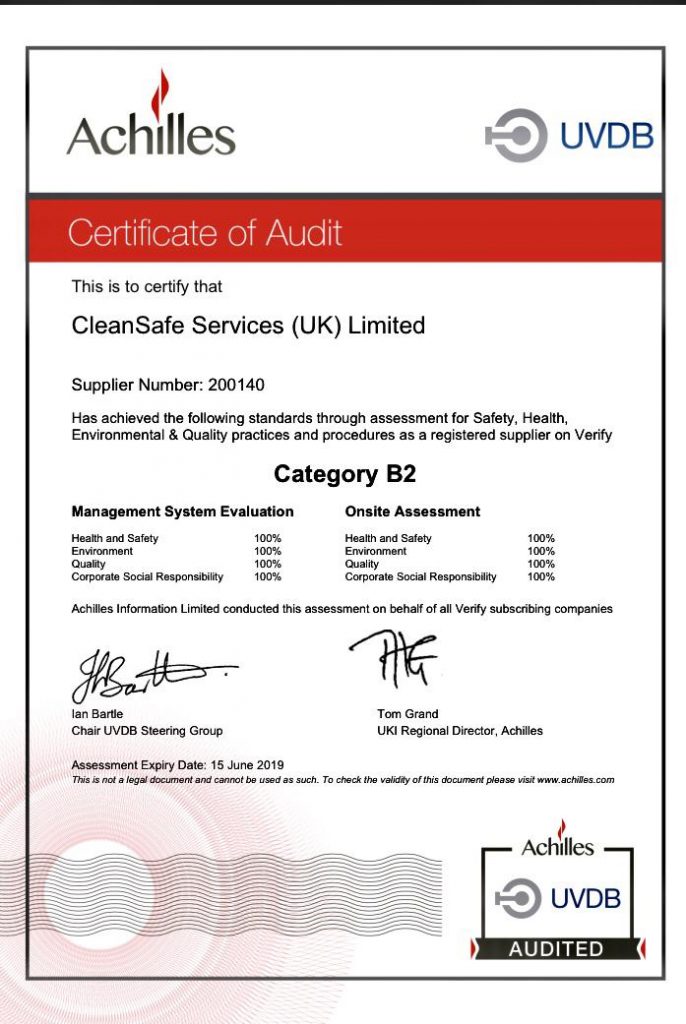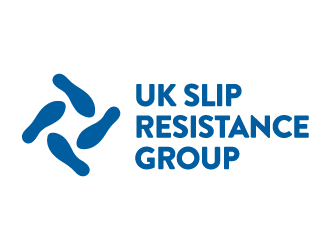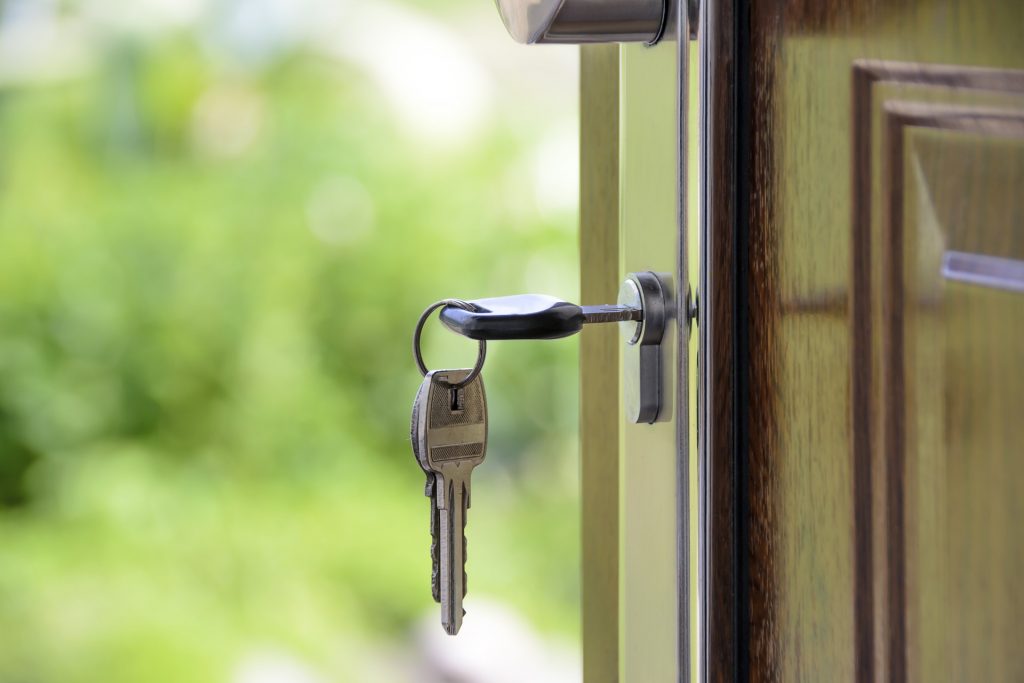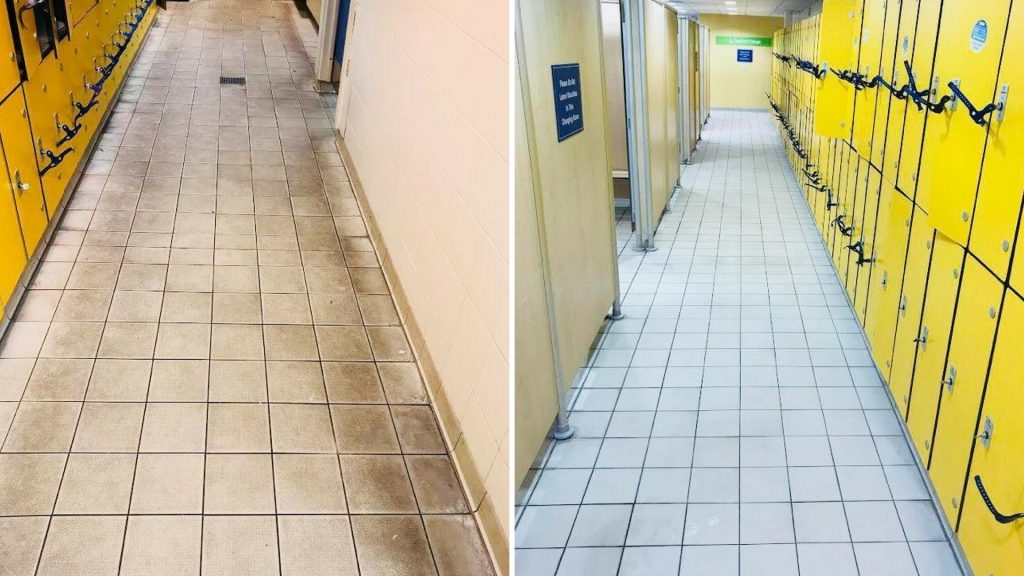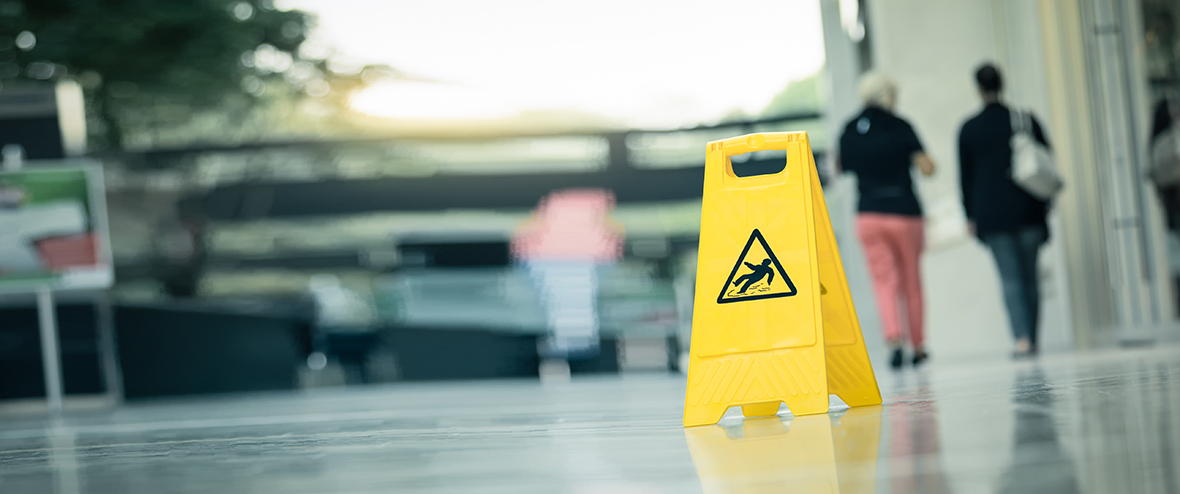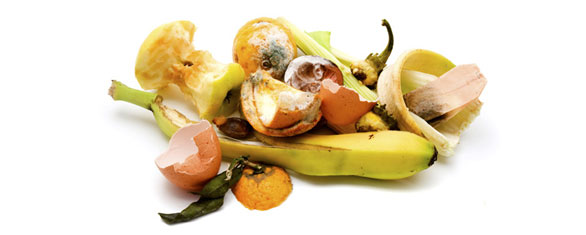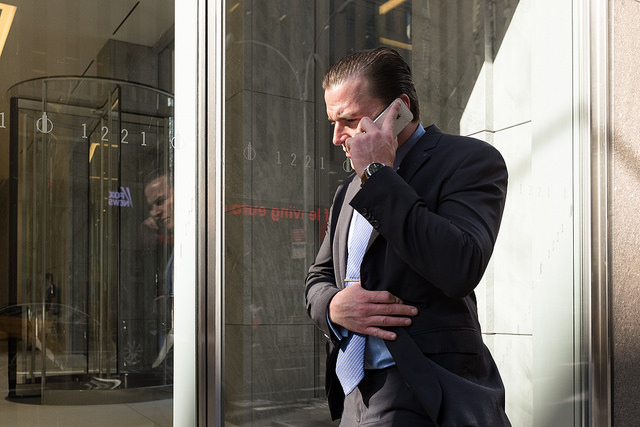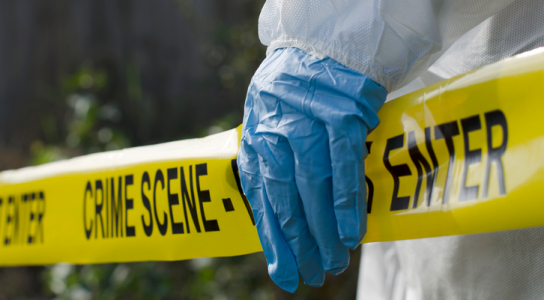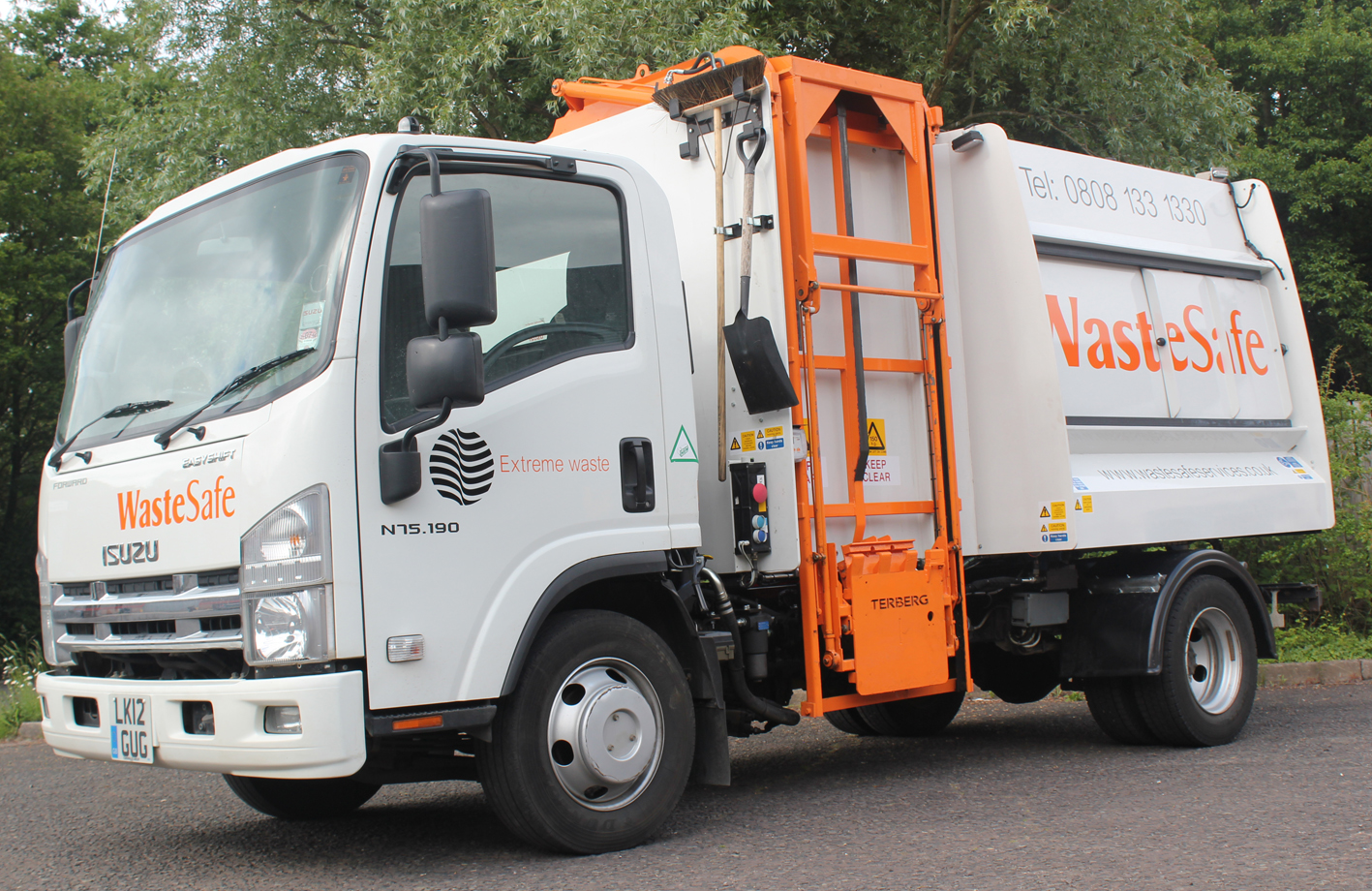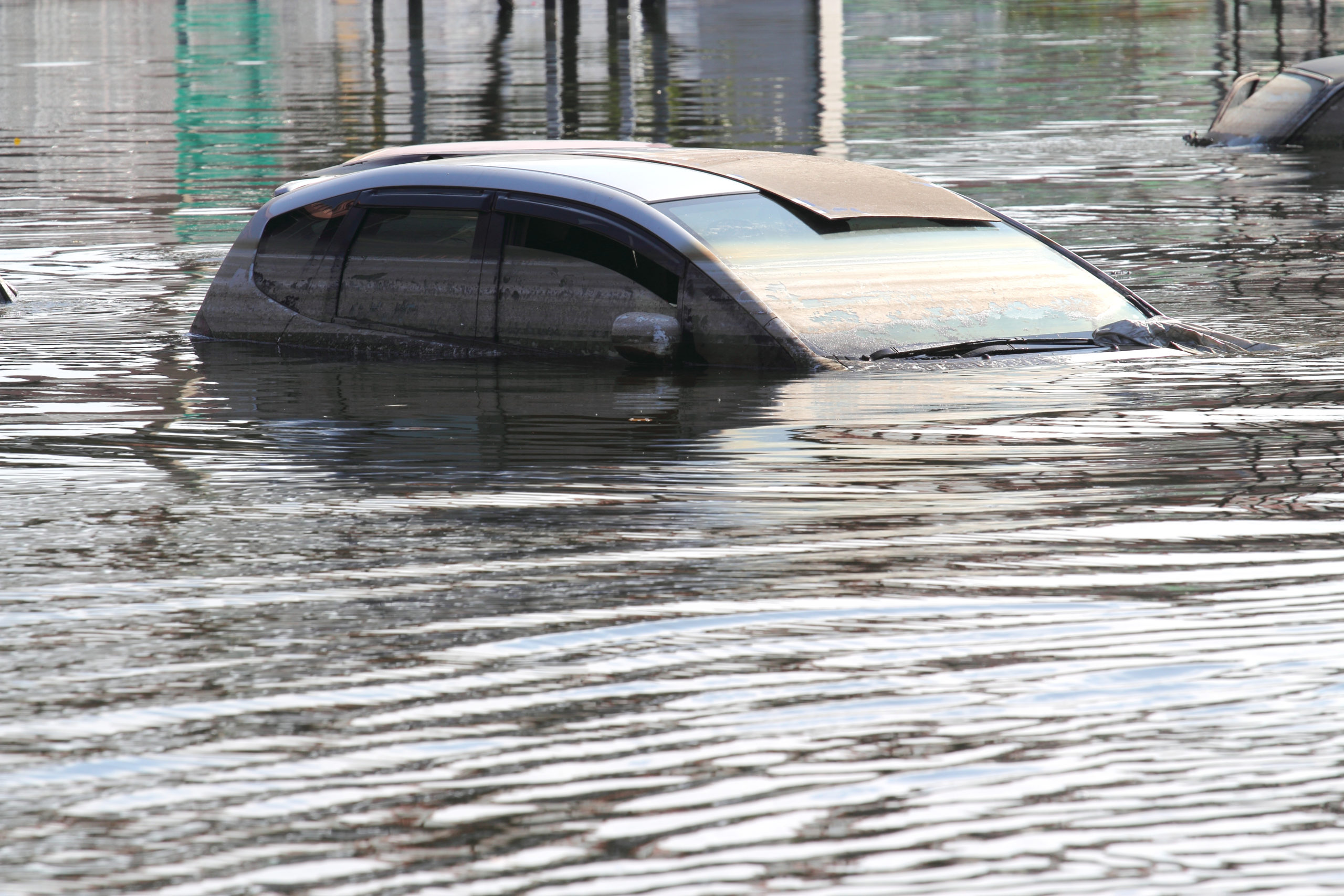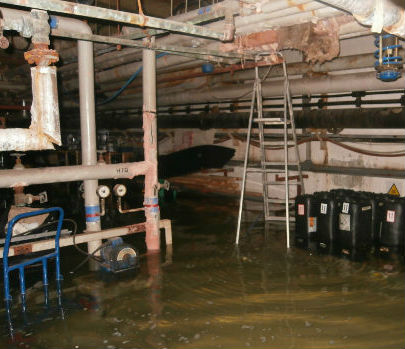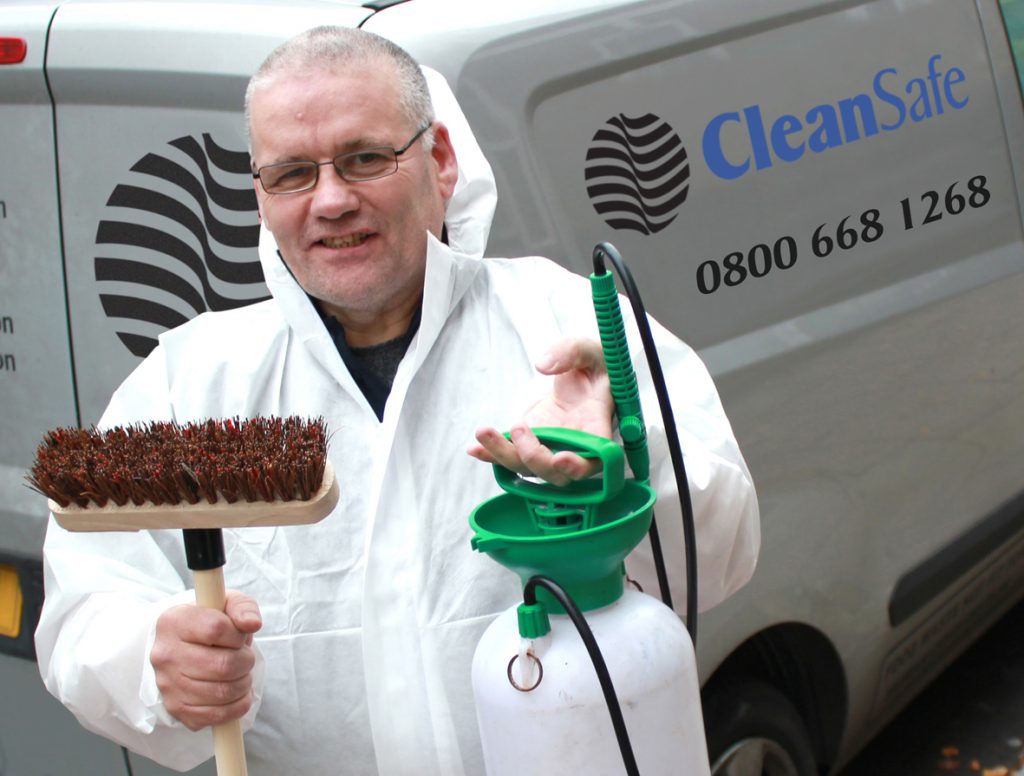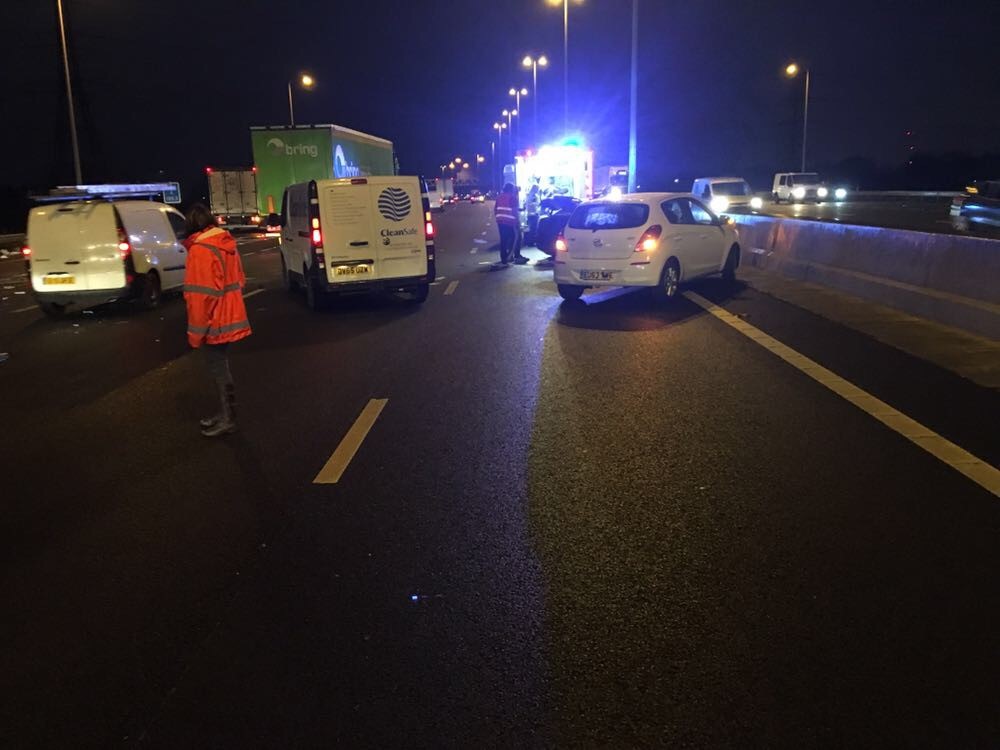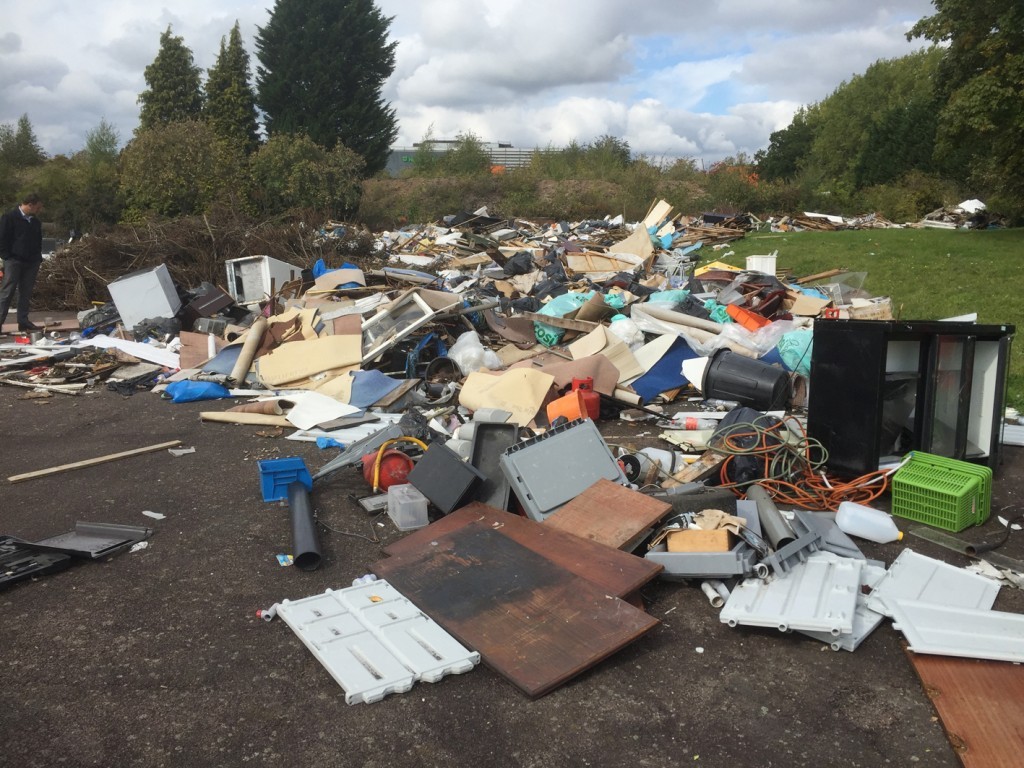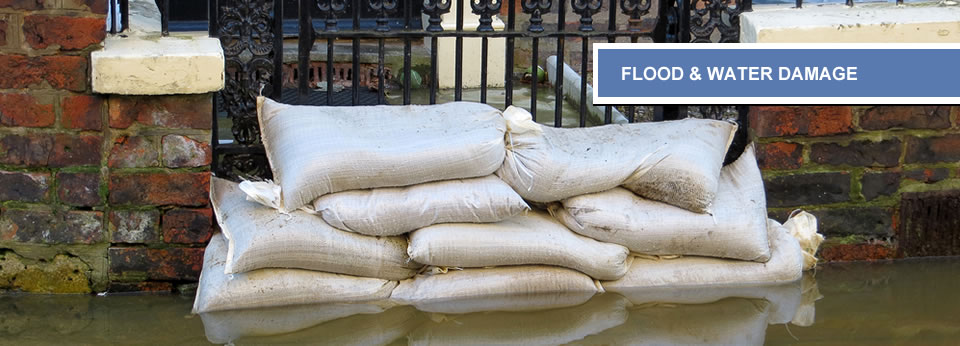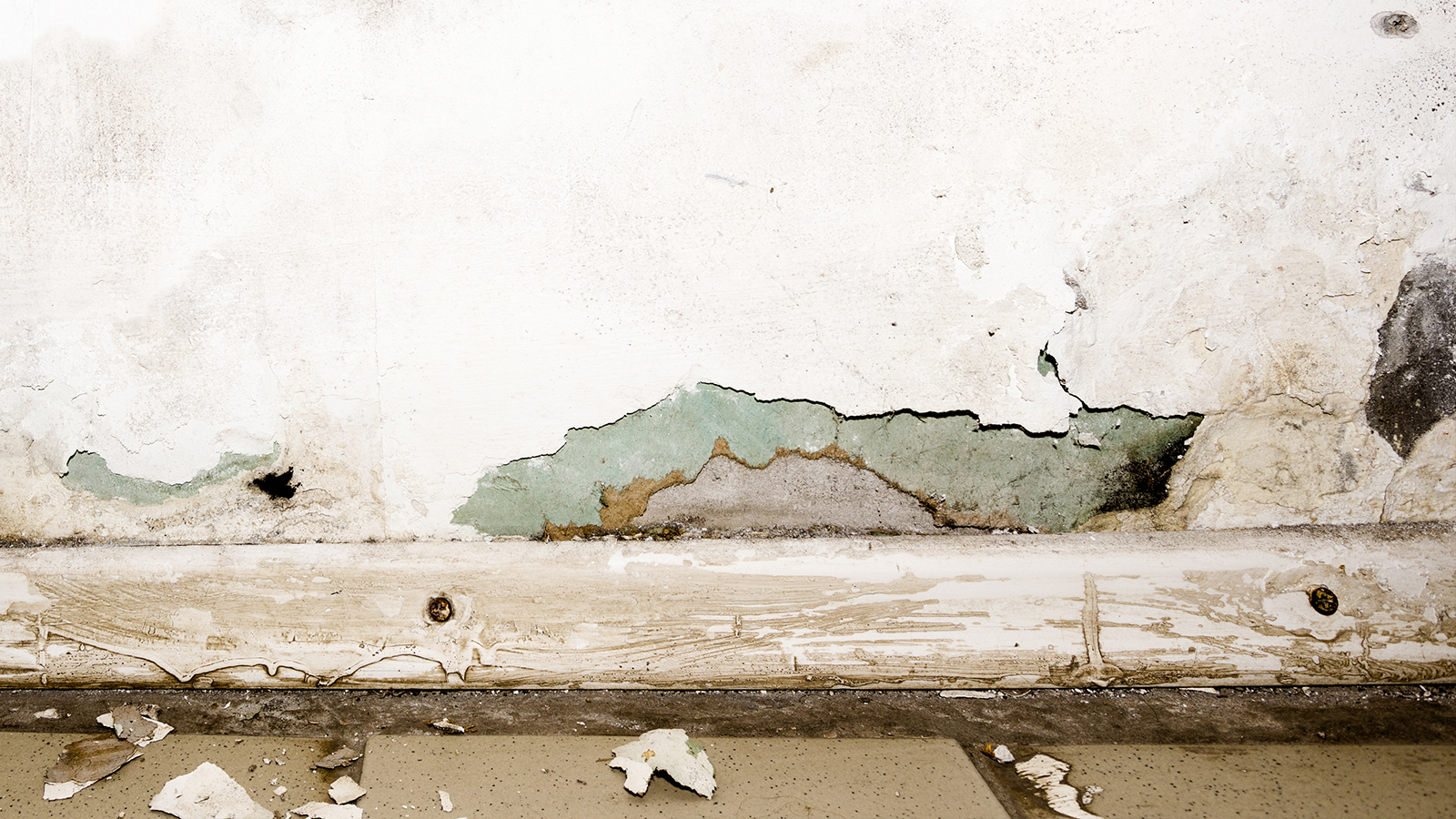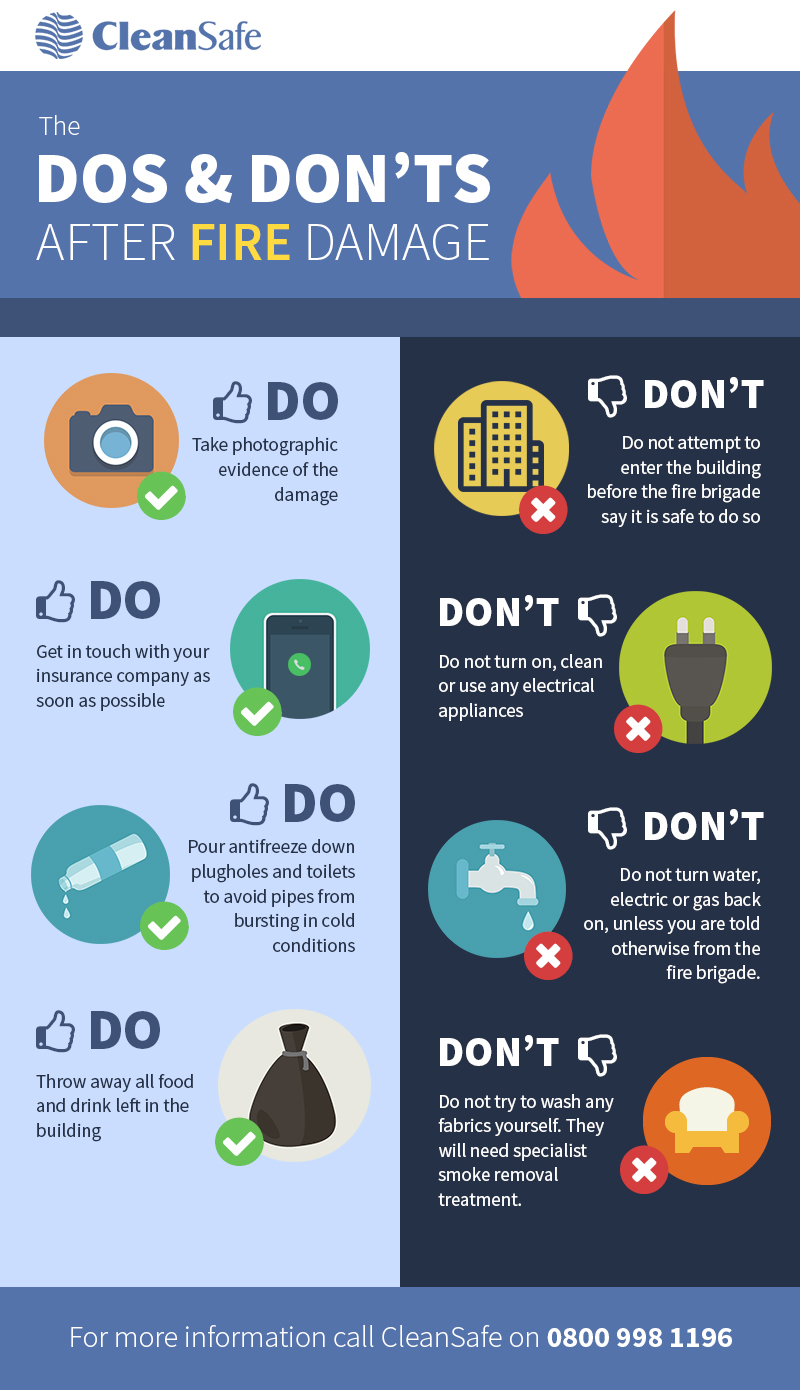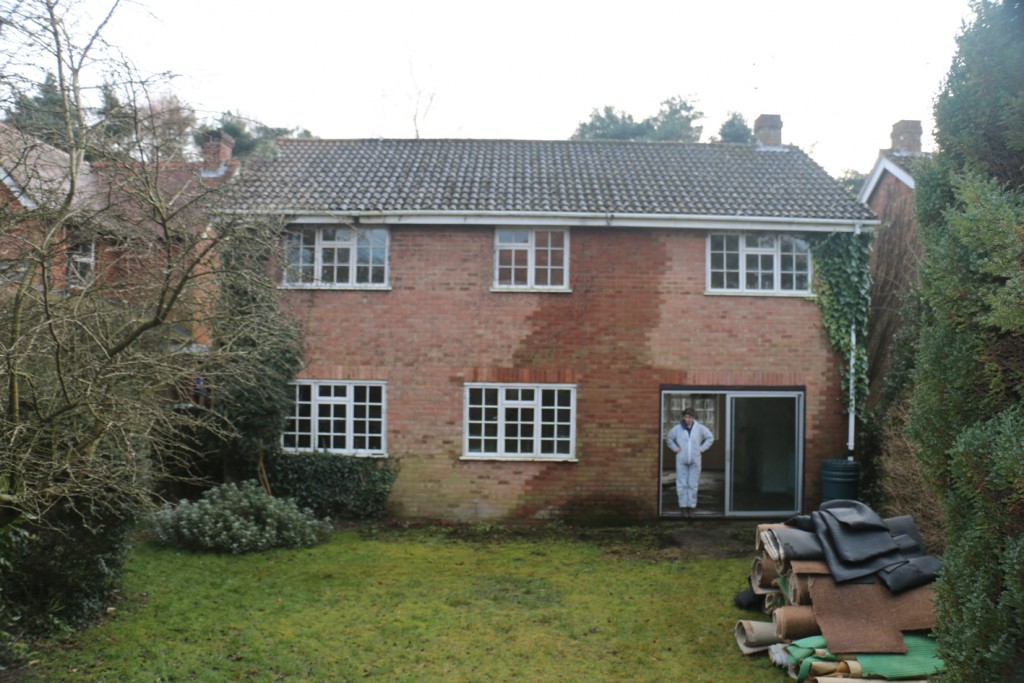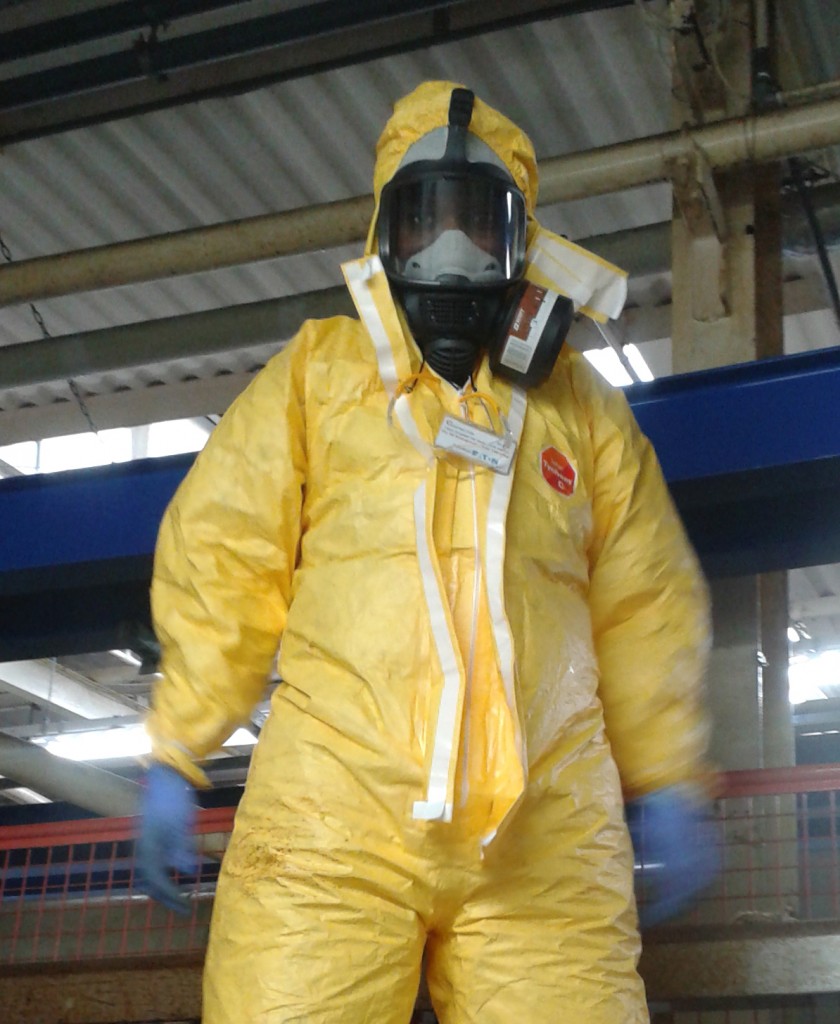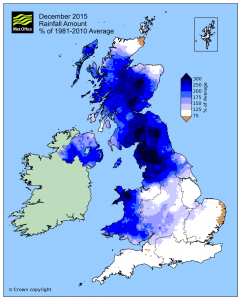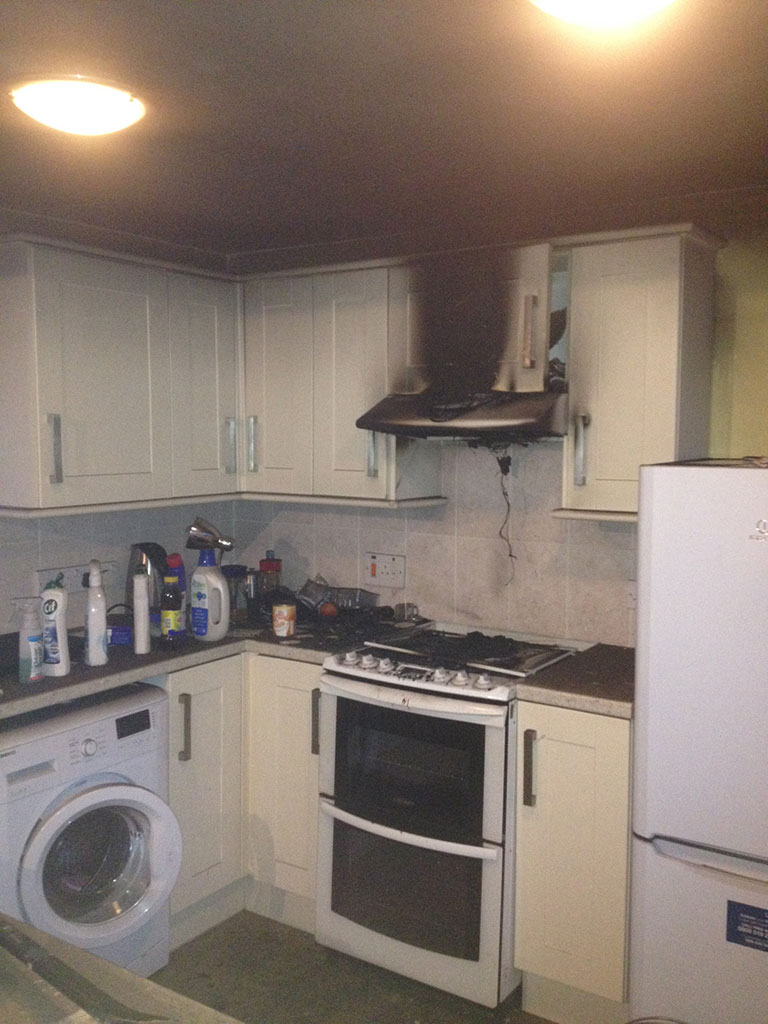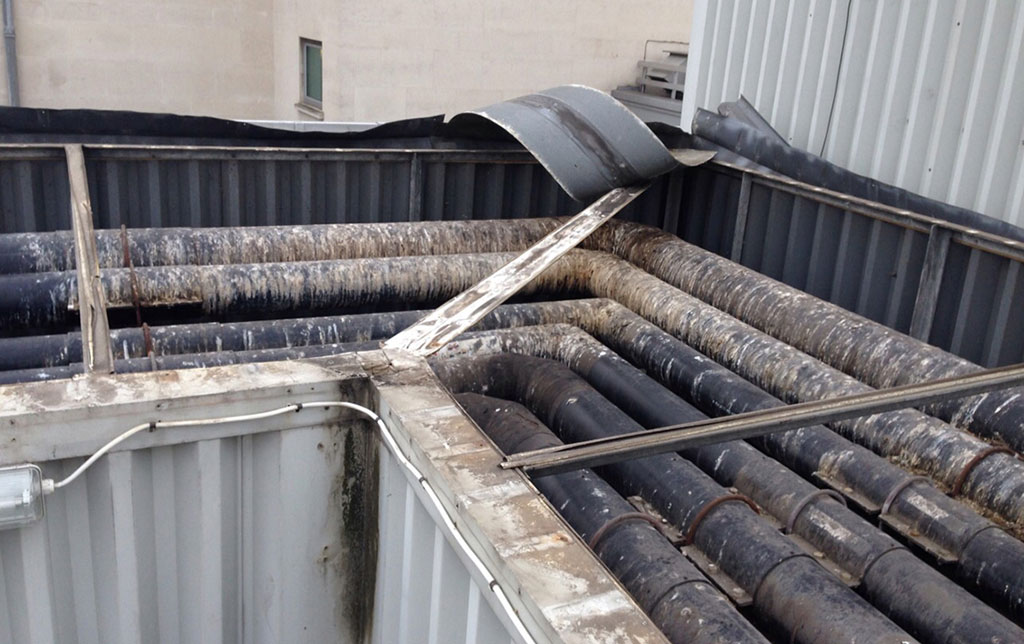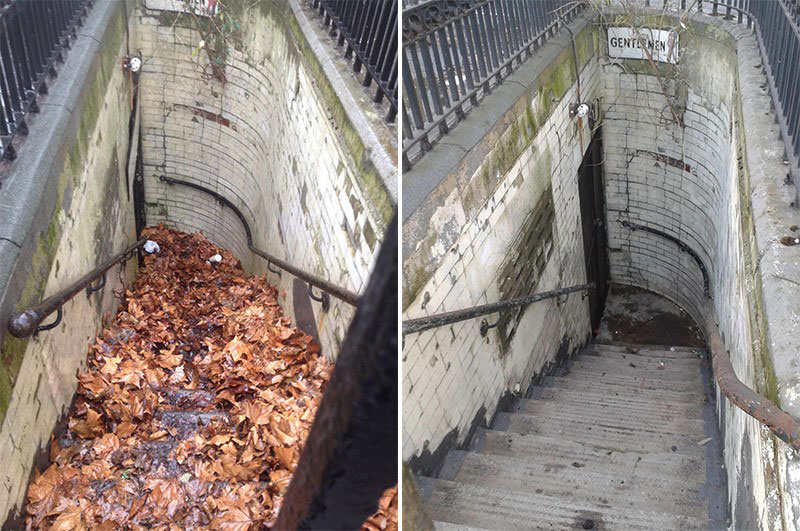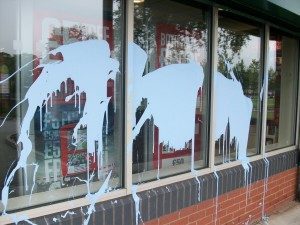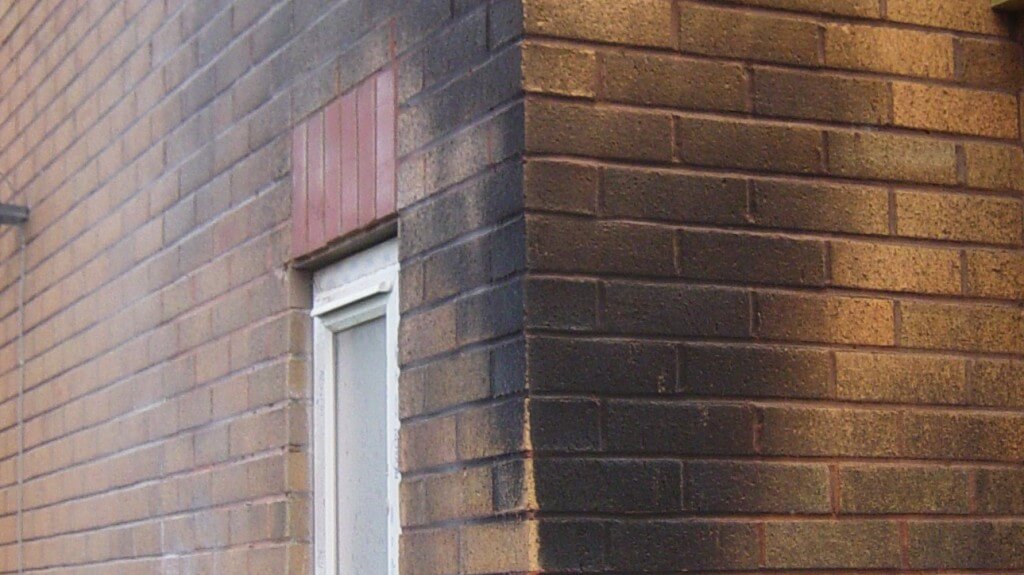People will naturally take every reasonable measure to ensure that their home and family are safe, however we are always at the mercy of the elements and in rare circumstances extreme weather may unfortunately get the better of you. We all saw the news reports throughout December 2012 detailing the terrible floods which hit much of the UK so many will have learnt the hard way of how to prepare themselves for future re-occurences of flooding and how best to go about clearing up safely. For the uninitiated, here is a brief guide to tackling flood damage.
It is important to first note that if flood damage is significant then it is worth contacting us to take advantage of our emergency flood damage service, however in less severe situations what can you do at individual level to clean up your home after a flood?
Flood damage will pollute your home and surroundings as it brings with it a mixture of waste products, mud and bacteria. It will also cause significant damage to property by ruining wiring, electrical items and furniture. Moreover, stagnant water can become a breeding ground for diseases and insects. So which areas should you pay attention to in particular?
1) Basic Protective Gear
If you suspect that your home may be prone to flooding during the colder months than ensure you equip yourself with all the necessary equipment required to carry out a cleanup. Firstly, never begin cleaning without a sturdy pair of cleanup gloves because you never know what you might come up against during the cleaning process. You may come into contact with sharp objects or worse – unsanitary and toxic waste products. Make sure that you have a face mask to hand in case you encounter any substances with a strong odour or which may cause allergic reactions. Ensure that you always have soaps to hand which have disinfectant properties and that you wear good rubber galoshes in order to properly protect your feet and legs. When dealing with flood water you should always treat it as if you were up against sewage water as you can never take too many precautionary measures when protecting yourself.
2) Switch off the House Power
Always remember that electricity is a good servant, but a bad master. Keep that in mind and make a point of turning off all the power supplies in the house before you set about the task of cleaning so that you can avoid any impending electrical disasters and resulting injuries. Water itself is a poor conductor, however the impurities contained within it may well conduct current.
3) Insurance
Get in touch with your insurance provider as some companies will prefer to send out personnel to inspect the extent of the damage before officially accepting a claim. It is also a good idea to photograph or video any damage which occurs as well as documenting the cleaning process in the event that your insurer demands details and documented evidence.
4) Cleaning Surfaces and Mud Deposits
Use a good sturdy shovel to shift any mud which has settled inside your house and then use a strong disinfectant to scrub out surfaces of any lingering dirt to ensure that they are all squeaky clean. Use a good quality brush to help swipe out any large deposits of dirt from surfaces.
5) Dealing with Fabrics
One of the toughest and most time-consuming aspects of clearing flood damage is dealing with ruined fabrics. Take every little item of clothing, upholstery, linens and any similar items and pack them into bags to be sent out to laundry. Make sure that you add an adequate amount of anti-microbial solution to the wash and it may also be a good idea to add any ruined shoes to the wash to get them completely cleaned and disinfected. Any item which is spongy and likely to have absorbed water should be thrown out. In particular this will apply to pillows, cushions, mattresses, stuffed toys, etc.
6) Electrical Items and Appliances
Once the bulk of the house cleaning has been completed call an electrician to inspect all of the wiring and and electrical gadgets in the house before you turn anything back on. The electrician’s expertise will help to avoid any major electrical disaster as well as providing a convenient opportunity to assess the condition of your electrical items. If anything has failed as a result of the floods, make a point of informing the insurance company if you have it covered. Always get televisions, boilers, etc cleaned by a professional before you put them back to use.
7) Walls, Flooring and Pipes
Once your home has been cleared out of all its’ furniture, make sure that you give everything a good scrub with disinfectant. Any paneling should be removed to investigate the extent to which it has been contaminated and the insides should be left to air out and dry properly.
8) Sewage System Check
Checking your sewage system is a task which absolutely must be performed by a professional and you should not undertake this task yourself. The system must be checked so that you can be absolutely sure there are no leaks as they can often cause dangerous contamination of water lines, etc.
If you are in any doubt about cleaning your house following a flood then call our 24 hour emergency helpline on


